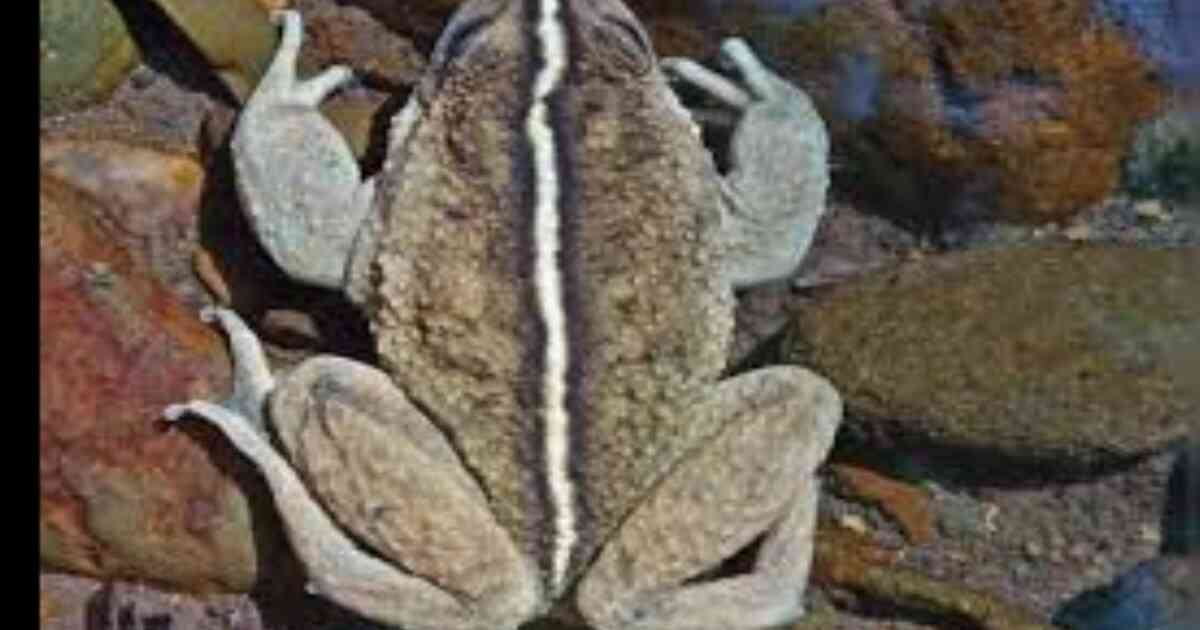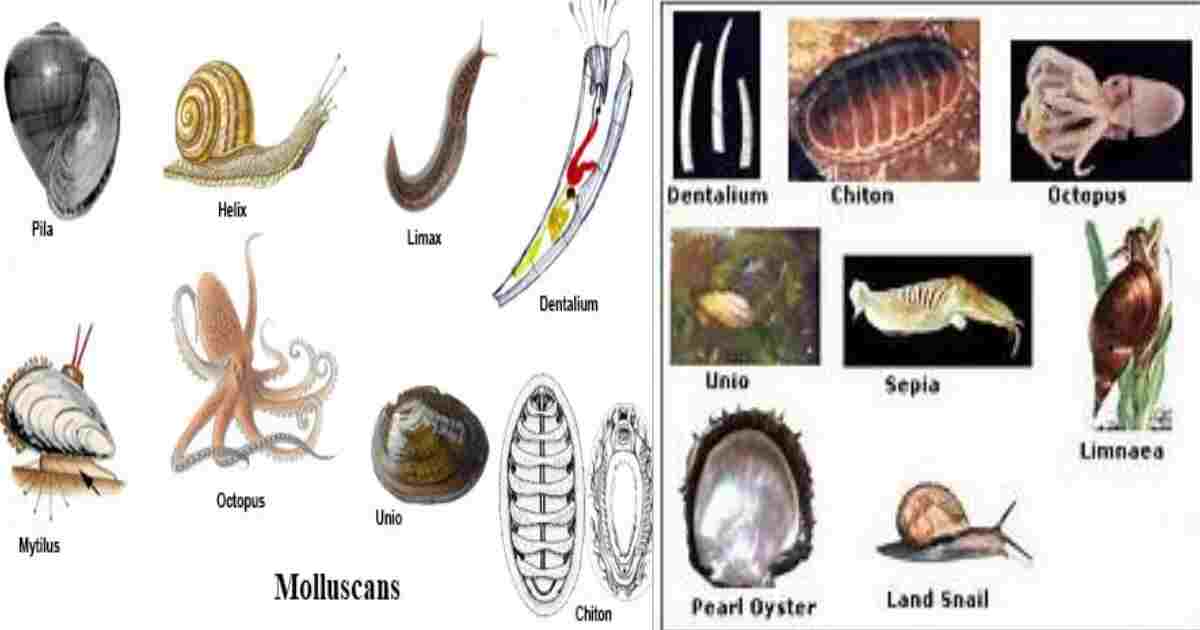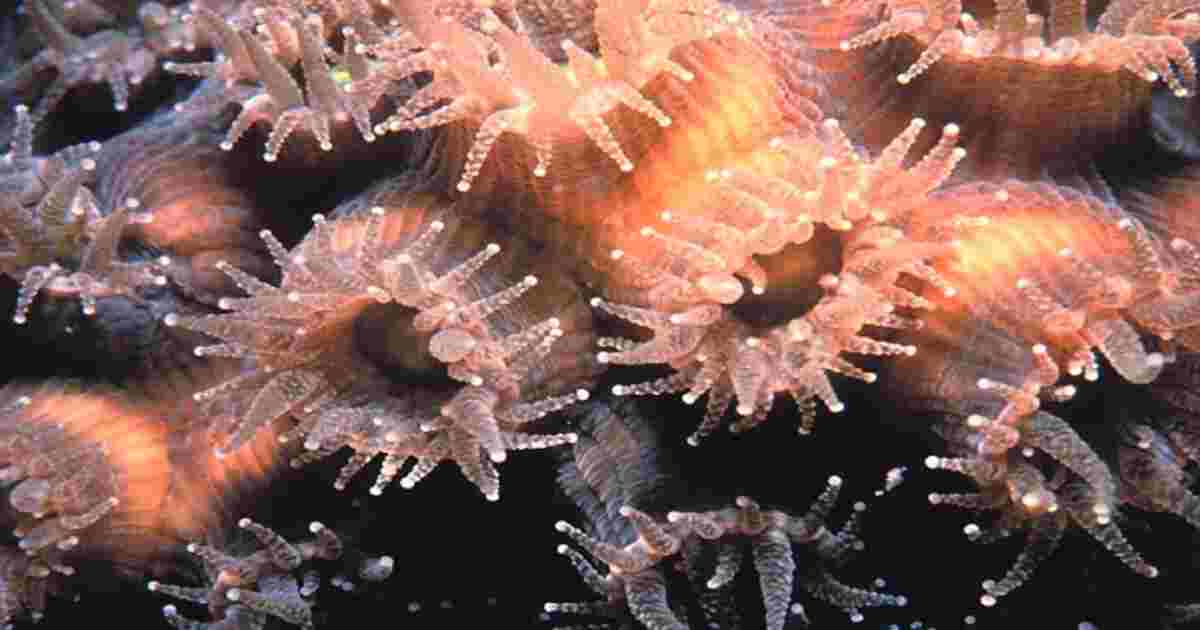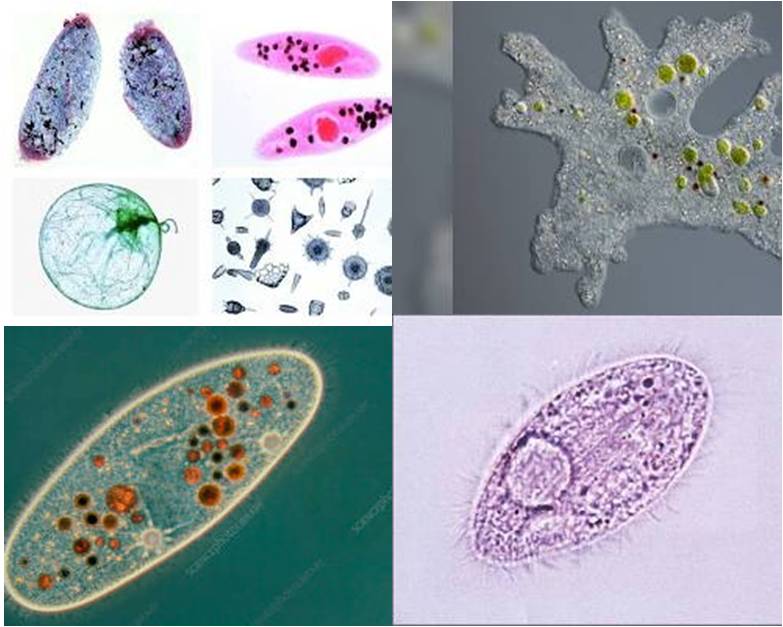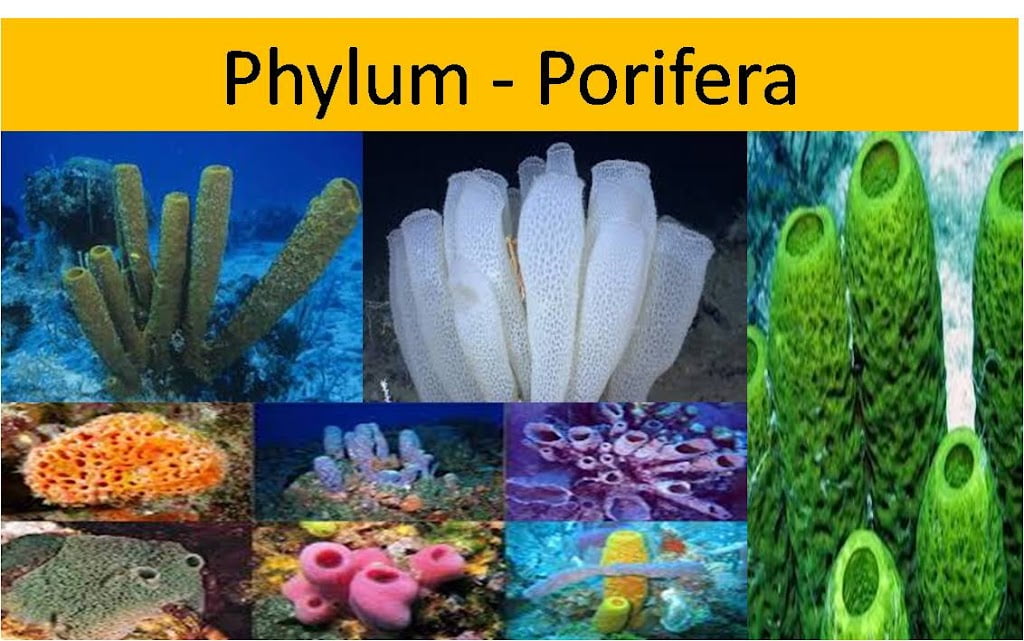Phylum Mollusca: It is the second largest phylum in animal kingdom and consists of over 150,000 marine, freshwater and terrestrial species.
Mollusca, the second largest animal phylum after Arthropoda, is a diverse group of soft-bodied invertebrates . They are found in almost all aquatic environments, from freshwater to the deepest parts of the ocean, as well as on land in moist or humid places. Most are familiar to you as food sources: oysters, clams, scallops, and yes, snails, squid and octopods. Some also serve as intermediate hosts for parasitic trematodes, and others (e.g., snails) can be major agricultural pests.
General Characteristics of Phylum Mollusca
Mollusks are characterized by several key features that set them apart from other animal groups. These include:
1. Soft-Bodied: As their name suggests (mollusca means “soft” in Latin), mollusks have a soft, unsegmented body. This squishy interior is what necessitates the shell in many mollusk species, providing crucial protection from predators.
2. Triploblastic and Bilaterally Symmetrical: They possess three germ layers and bilateral symmetry.
3. Coelomate: Mollusks are coelomate animals, possessing a coelom – a fluid-filled cavity that separates the digestive organs from the body wall. This cavity plays a vital role in various bodily functions, including circulation, waste removal, and support.
4. Organ System Level of Organization: Their bodies exhibit an organ-system level of organization, meaning they have specialized organs that work together to perform specific functions. This complex organization allows mollusks to thrive in a variety of environments.
5. Body Division:
- Foot: A muscular foot on the ventral side is used for locomotion in various ways, such as crawling, burrowing, or swimming.
- Visceral Mass: The visceral mass, located dorsally, contains most of the internal organs.
- Mantle: A fleshy mantle covers the visceral mass and secretes the shell, if present. The mantle cavity lies between the mantle and the body wall, and it contains important structures for respiration and excretion.
- Head (not in all classes): A head with sensory organs, such as tentacles and eyes, is present in some mollusk classes but not in others.
6. Shell: Most mollusca have a protective shell made of calcium carbonate. While not all mollusks have a shell, it is a defining characteristic of the phylum for many. The shell is typically made of calcium carbonate and can be external (like in snails and clams) or internal (like in squids). Shells come in a wide variety of shapes, sizes, and colors, reflecting the incredible diversity of mollusca.
7. Digestive System: Well-developed, with a rasping organ called the radula for feeding.
8. Respiration: Occurs through the body surface, gills, or pulmonary sac.
9. Circulatory System: Open circulatory system with blood circulation.
10. Excretion: Metanephridia assist in waste removal. ‘Phylum Mollusca’
11. Nervous System: Comprises paired ganglia and nerves.
12. Sensory Organs: Tentacles, eyes, osphradium, and statocysts.
13. Reproduction: Separate sexes or hermaphroditic; fertilization can be external or internal.
14. Development: Generally oviparous with indirect development.
Classification of Phylum Mollusca
The classification of Phylum Mollusca is based on several key characteristics, including the presence or absence of shells, habitat, feeding habits, and anatomical features. The major classes within Phylum Mollusca include:
Class 1. Gastropoda (Snails and Slugs):
- Torsion – primitive bilateral symmetry lost during development
- Twisting of visceral mass, mantle, and mantle cavity
- Definite head: eyes, tentacles
- Flat ventral foot ‘Phylum Mollusca’
- Centralized complex nervous system
- Hermaphroditic or dioecious
- Oviparous or ovovivparous
- Archaeogastropoda have Trochophore larva
- Many marine snails have veliger larva
- Freshwater, terrestrial species usually hatch as young snails
Example: Patella, Pila, Cypraea (caurie), Aplysia, Doris, Mex slug, Helix and Land snail.
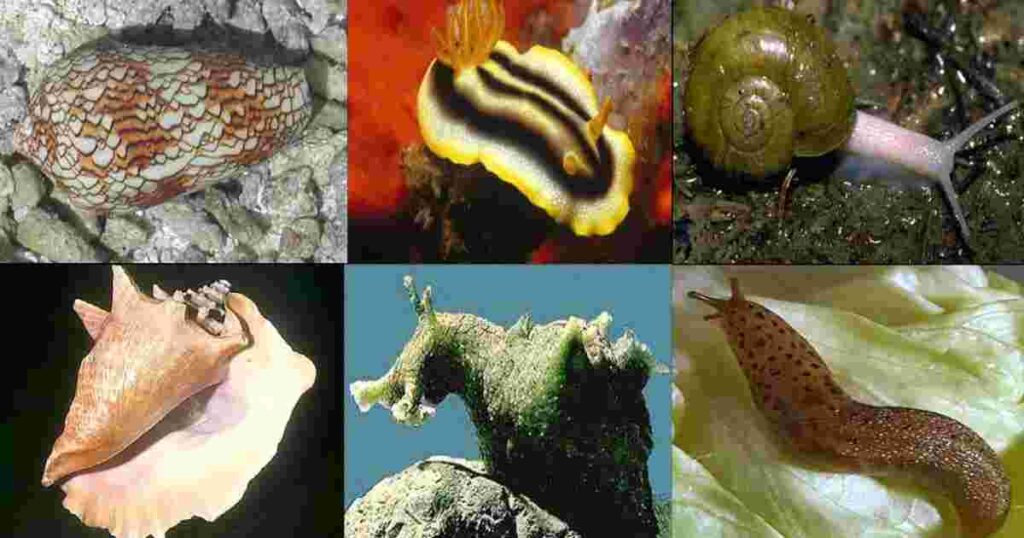
Class 2. Pelecypoda or Bivalvia (Clams, Oysters, Mussels):
- They are aquatic, mostly marine and some freshwater forms.
- They have bilaterally symmetrical and laterally compressed.
- They do not have distinct head. Pharynx, jaws, radula and tentacles are absent.
- They have shell consisting of two lateral valves, hinged together mid-dorsally.
- They have ventral foot, muscular that is used for plough share.
- They have bilobed mantle consisting of paired, right and left lobes.
- They have paired gills or ctenidia one on each side.
- They have dorsally placed reduced coelom.
- They have coiled alimentary canal with paired digestive glands.
- They have heart in pericardium and consist of median ventricle and two auricles.
- They have paired nephridia or kidneys that open at one end into pericardium at the other end to the exterior. ‘Phylum Mollusca’
- They have nervous system consisting of four pairs of ganglia namely cerebral, pleural, pedal and visceral.
- They have cerebral and pleural ganglia fused into a single cerebro-pleural ganglion.
- They have statocyst and osphradia as sense organ.
- They are unisexual or bisexual.
Examples: Ostrea, Mytillus, Oecten, Teredo (shipworm), Unio, Anodonta
Class 3. Cephalopoda (Squids, Octopuses, Nautiluses):
- Cephalopods are a small class of mollusks arguably containing the most intelligent of all the invertebrates.
- There are approximately 650 living species, ranging from the tiny paper nautilus to the giant squid.
- The name “Cephalopoda” literally means “head-foot”, as the foot is directly attached to the head. This is one of several characteristics that most members of this class share.
- The most noticeable characteristic is the tentacles. Ranging in number from 8 to 90 depending on the species, these tentacles form a crown around the head and are specialized for grasping prey. These tentacles are specialized feet, and are sometimes equipped with suckers for extra grip. These suckers may be further equipped with hooks.
- This class has a very specialized foot known as the siphon, or hyponome, and enables them to locomotion. Water is drawn into the mantle cavity and then forcibly expelled through the siphon, creating a jet propulsion that shoots them forward, backward, up, down, side to side, depending on what direction the siphon is pointed.
- Most cephalopods have a chambered shell, the most notable example being the nautilus with its large, snail-like shell. Other cephalopods, such as squid or cuttlefish, have a smaller, internal shell. Octopods lack shells entirely.
- The mouth of a cephalopod is composed of a substance known as chitin, and is shaped like a parrot’s beak. The tongue is rough and is known as the radula, and draws food into the mouth. ‘Phylum Mollusca’
Examples: Nautilus, Loligo, Squid, Sepia (cuttle fish), Octopus etc.
Class 4. Polyplacophora (Chitons):
- The first are small wormlike animals that live in moderately deep, ocean water.
- These comprise about twenty genera.
- The latter are the more common chitons, with eight serially arranged dorsal plates.
- Chitons, or “Armadillos’ of the ocean”, are restricted to marine life.
- Chitons have a bilaterally symmetrical, elongated and flattened body, with a broad foot anterior mouth and posterior anus.
- The strong muscular foot can clamp onto rocks in shallow waters allowing the radula to scrape the rocks for food.
- Between the mantle and foot there are a series of gills that extract oxygen from the water.
- The head lacks eyes or tentacles but the mouth has a well-developed radula.
- A ladder like nervous system is formed of four longitudinal nerve cords connected to an anterior nerve ring. ‘Phylum Mollusca’
- The shell consists of eight flat, overlapping valves or plates held together by a muscular
- tissue called the girdle. Between the plates are joints, which permit the Chiton to roll up in to a ball like a pill bug or an armadillo.
Examples: Chiton
Class 5. Scaphopoda (Tusk Shells):
- The scaphopods or tusk shells are strictly marine mollusks and usually inhabit the deepest regions of the oceans.
- These mollusks are elongated and symmetrical, with a long, conical foot. Receiving their name from the tusk-like shape of their shell.
- The head has no eyes or tentacles but the mouth does have a radula.
- The shells themselves are tubular and are open at both ends. At the wide end there is a round or oval opening called the aperture while the smaller opening, the apex, is either smooth or has one or more slits or notches.
- The mollusk’s tentacles, foot and mouth stick out of the aperture and into the sand or mud where it will forage for food.
- The smaller end of the shell protrudes from the sand and inhales and exhales water via the siphons, which protrude from the apex
Examples: Dentalium
Class 6. Monoplacophora (Deep-Sea Mollusks):
- The word Monoplacophora is derived from three Greek words monos=one, plax=plate and pherein=bearing. So it includes animals having only one plate. It does not have any order.
- They have bilaterally symmetrical and segmented body.
- They have shell made up of single piece or valve.
- They have head without eyes and tentacles.
- They have ventral and flat foot.
- They have mantle which encircle the body as a circular fold of the body wall.
- They have external and serially arranged gills.
- They have five pairs of serially arranged nephridia.
- They have sex organs in two separate bodies.
Examples: – Neopilina galatheae, Deep-Sea Mollusks
Conclusion
In conclusion, Phylum Mollusca represents a diverse and intriguing group of animals with unique adaptations and ecological roles. Understanding their general characteristics and classification provides valuable insights into the complexity of marine, freshwater, and terrestrial ecosystems.


